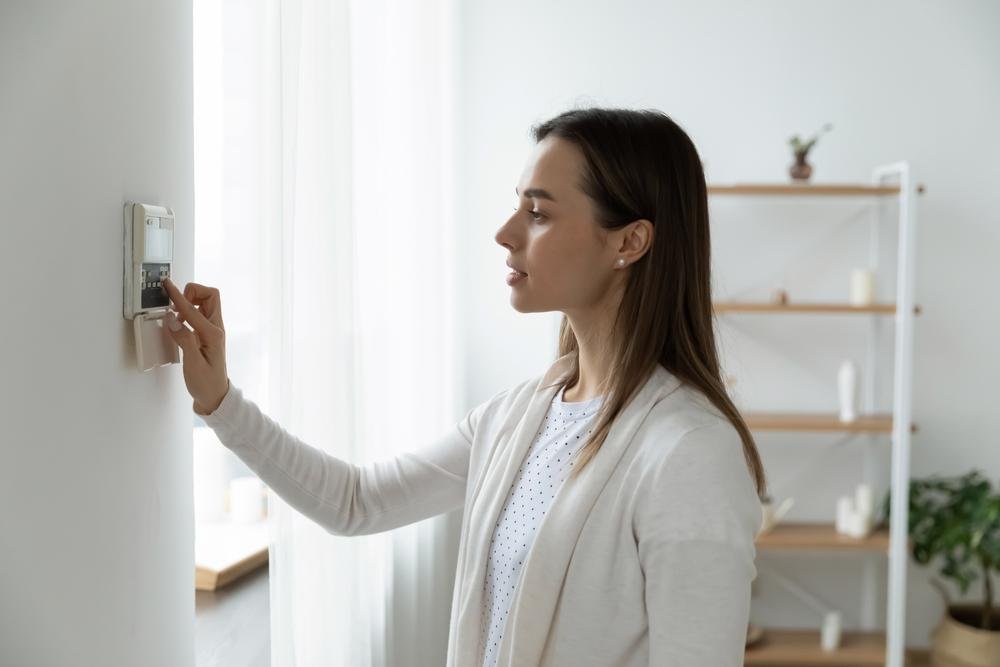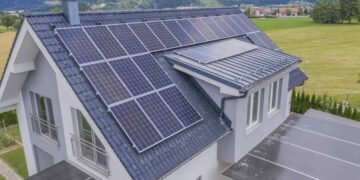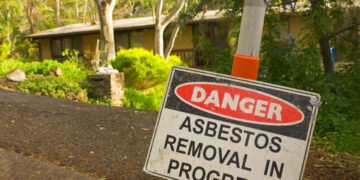Home energy bills can be reduced by enhancing energy efficiency. However, these features and improvements may have high upfront expenses that prevent most homeowners from renovating even with long-term savings. As a result, utility service providers along with federal, state, and local governments offer incentives so homeowners can afford energy efficiency improvement and maintenance. Learn more about the programs encouraging people to improve home energy efficiency below.
7 Incentives to Home Energy Efficiency
1. Energy Audits
Some utility providers hire consultants who can help determine what areas need energy efficiency improvement with little to no cost. The consultants will investigate all home areas and overlooked sections to find places to improve. Experts recommend carrying out an energy audit before implementing improvements, such as adding 4 zone mini split systems to residential spaces.
Opportunities for improving efficiency often arise from looking at your home’s structural features. Certain upgrades can lower the load or energy consumption of heating, cooling, and ventilation systems. Some of these upgrades can include reflective roofs, windows, weatherization, and attic insulation.
2. Residential Energy Efficiency Tax Credit
The personal tax credit applies to existing homes in building categories and the buying of high-efficiency water heating, cooling, and heating systems. The equipment and improvements must be within the taxpayer’s primary residence in the United States. Enhancements made between 2005 and 2022 are liable for a $500 tax credit cap. Homeowners of existing buildings placed in service before January 1, 2023, are eligible for 10% of the upgrade costs for the building’s envelope. As per the International Energy Conservation Code of 2009, the following prescriptive requirements must be met for eligibility:
- ENERGY STAR-certified asphalt roofs with approved cooling granules and pigmented metal roofs for heat gain reduction.
- Exterior doors and windows that meet ENERGY STAR program requirements version 6.0
- Air sealing materials and systems such as the Gree Flexx central split system
- Insulation furnishings and materials.
3. Low Income Home Energy Assistance Program (LIHEAP)
Households can get help with resources for their energy bills using the LIHEAP, which is federally funded. The program helps with minor energy-related home repairs, weatherization, energy crises, and home energy bills. LIHEP statutes cover a 150% poverty level as the eligibility’s maximum allowable income level. The applicants must present the following documentation to qualify:
- Proof of current gross income (recent pay stub)
- Final termination notices for utility
- Recent utility bills copy
- Proof of current address
- Proof of household membership
- Social security numbers of all household members
- Proof of permanent residence and US citizenship.
The National Energy Assistance Referral (NEAR) project offers more information for prospective applicants and interested parties.
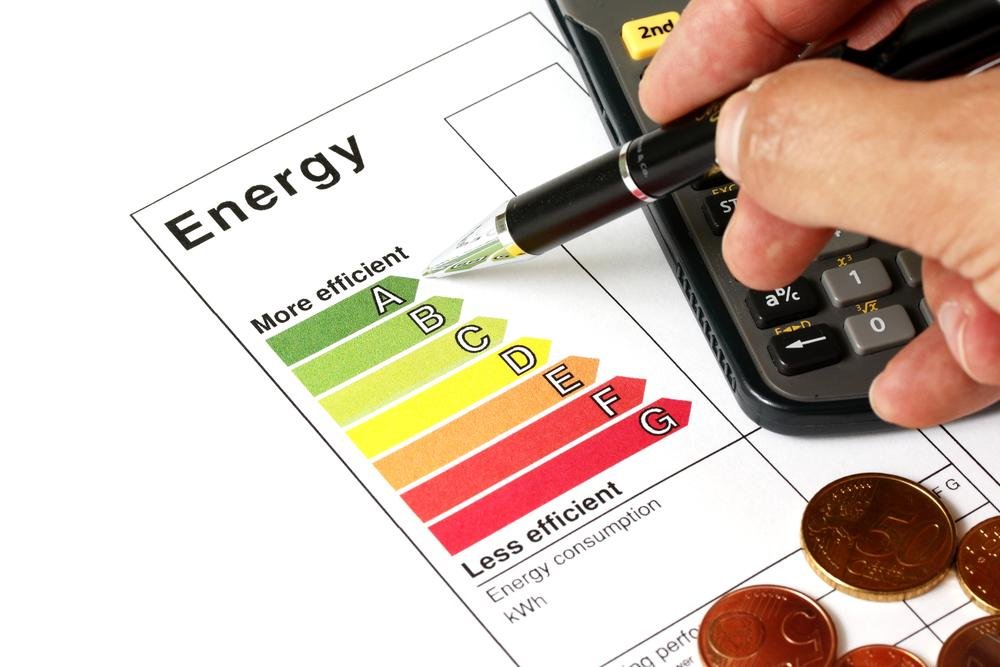
4. FHA PowerSaver Loan Program
The PowerSaver loan program by the Federal Housing Administration (FHA) offers three funding options for renewable energy and efficiency upgrades in residential buildings. These three funding options are:
- PowerSaver Home Energy Upgrade – up to $7500
- PowerSaver Second Mortgage (Title I) – up to $25000
- PowerSaver Energy Rehab 203 (k) – first mortgage up to FHA loan limits
A list of approved lenders is available for prospective applicants to select from. Currently, not all states provide the program, so it’s advisable to check the incentive website to confirm availability in your location. Homeowners must meet the following requirements to be eligible:
- Have a 660 minimum credit score
- A maximum of 45% of total income must be debt-free
- Total maximum loan-to-value: 100%
- Only single-family, owner-occupied homes are allowed as a form of property
- Exterior-only inspection appraisals or another FHA assessment method are required for an appraisal
- Loan amount must be less than $7,500, PowerSaver covers first- or second-position liens and loans without liens
5. Residential Renewable Energy Tax Credit
You may claim credit for renewable energy systems serving your US primary residence. When the installation is finished, expenditures related to the equipment are considered to have been made. The “put in service” date, if the installation is in a new house, is the day the owner moves in. The cost of labor for on-site setup, assembly, or initial system installation, as well as for pipe or wiring needed to connect a system to the house, is included in the expenses. The excess amount may be carried over to the following taxable year if the federal tax credit exceeds the tax due. The following equipment is eligible for the tax credit:
- Geothermal heat pumps
- Solar photovoltaic
- HVAC systems (wall-mounted ductless mini-split systems)
- Biomass
- Renewable fuel cells
- A solar water heating system must be approved by the SRCC or a similar organization recognized by the state where it is installed. The amount of solar energy required to heat the water in the residence must be at least 50%.
6. Personal Residential Energy Conservation Subsidy Exclusion
Houses, apartments, condominiums, mobile homes, yachts, and other similar objects are considered suitable dwelling units and include installations or renovations primarily designed to reduce electricity or natural gas consumption or improve demand management. Any subsidies must be divided appropriately if a building or structure has residential and other units.
The IRS has not decided whether utility subsidies for residential solar-thermal projects and photovoltaic (PV) systems are non-taxable under the definition of “energy conservation measure.” If taxpayers consider using this provision for a renewable energy system, they should speak with tax professionals about the project’s particulars.
7. Energy Efficient Mortgages (EEMs)
By purchasing a new energy-efficient house or funding energy-efficiency modifications to existing homes, including renewable energy technology, energy-efficient mortgages (EEM) can assist homeowners in improving their ability to buy a home. These loans are backed by insurance provided by the Federal Housing Administration (FHA) or Veterans Affairs (VA) programs of the US federal government. It also enables borrowers who may otherwise be denied loans to seek energy efficiency. This safeguards lenders from loan failure.
The federal ENERGY STAR program offers a cooperation program for lenders that give EEMs to borrowers to promote EEMs and lenders who supply them. After joining, lenders can represent themselves as Energy Star partners selling EEMs by using the Energy Star brand. Partner lenders must demonstrate their ability to draft EEMs before being recognized as a lender. To keep their partnership rights, lenders must issue a certain amount of EEMs each year.
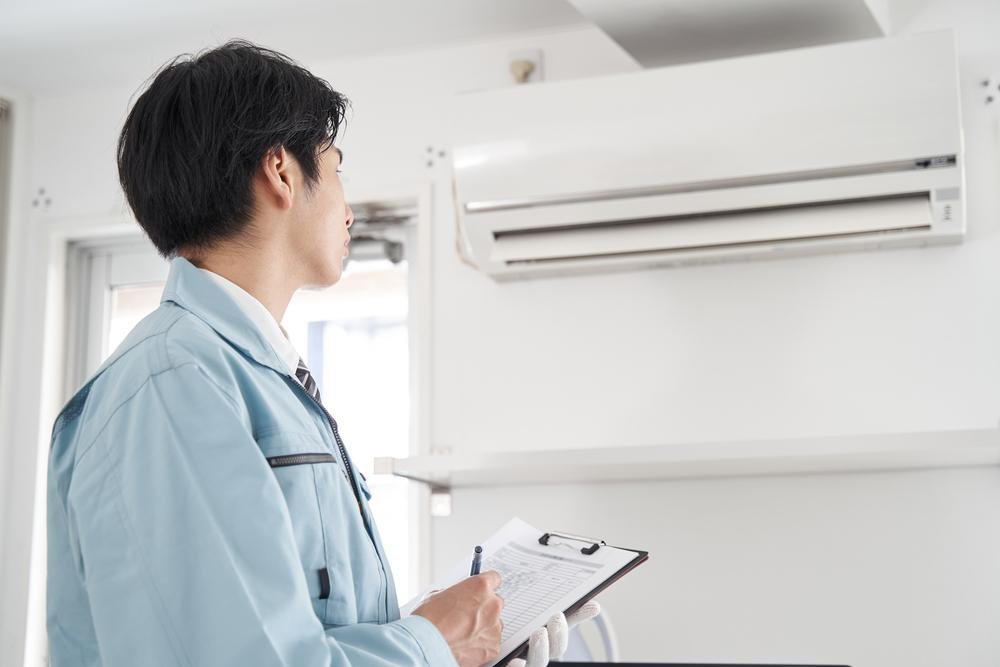
Final Thoughts
Through rebates, tax credits, or financing schemes, consumers can receive financial incentives and help with energy-efficient and renewable energy goods and renovations. Visit the various program websites available in your region and learn more about financing possibilities.

